PPT-Chapter 2 Evolution of the Major Programming Languages
Author : celsa-spraggs | Published Date : 2018-09-21
Genealogy of Common Languages Zuses Plankalkül Designed in 1945 but not published until 1972 Never implemented Advanced data structures floating point arrays records
Presentation Embed Code
Download Presentation
Download Presentation The PPT/PDF document "Chapter 2 Evolution of the Major Progra..." is the property of its rightful owner. Permission is granted to download and print the materials on this website for personal, non-commercial use only, and to display it on your personal computer provided you do not modify the materials and that you retain all copyright notices contained in the materials. By downloading content from our website, you accept the terms of this agreement.
Chapter 2 Evolution of the Major Programming Languages: Transcript
Download Rules Of Document
"Chapter 2 Evolution of the Major Programming Languages"The content belongs to its owner. You may download and print it for personal use, without modification, and keep all copyright notices. By downloading, you agree to these terms.
Related Documents

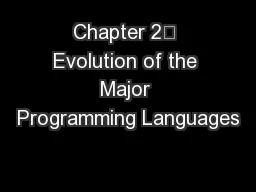
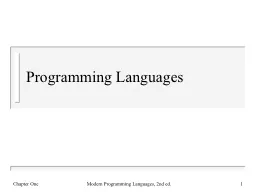
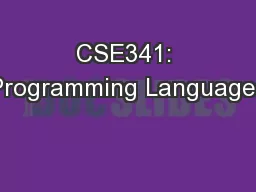

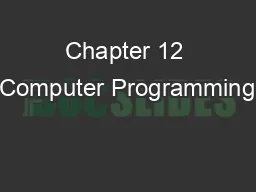
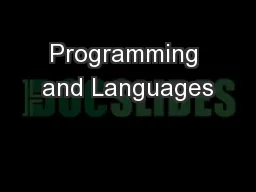

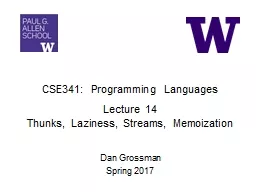
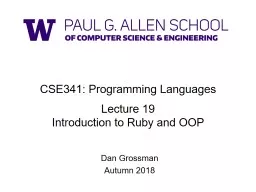
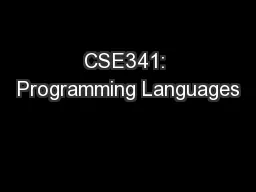
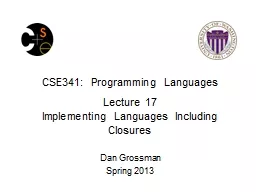
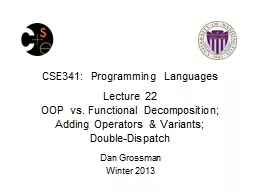
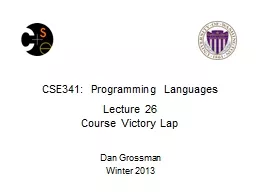
![[eBOOK]-Programming 19:C Programming Professional Made Easy & Excel Shortcuts (Excel Programming,](https://thumbs.docslides.com/980131/ebook-programming-19-c-programming-professional-made-easy-excel-shortcuts-excel-programming-microsoft-excel-python-for-beginners-c-programming-c-programming-languages-android-c-programming.jpg)